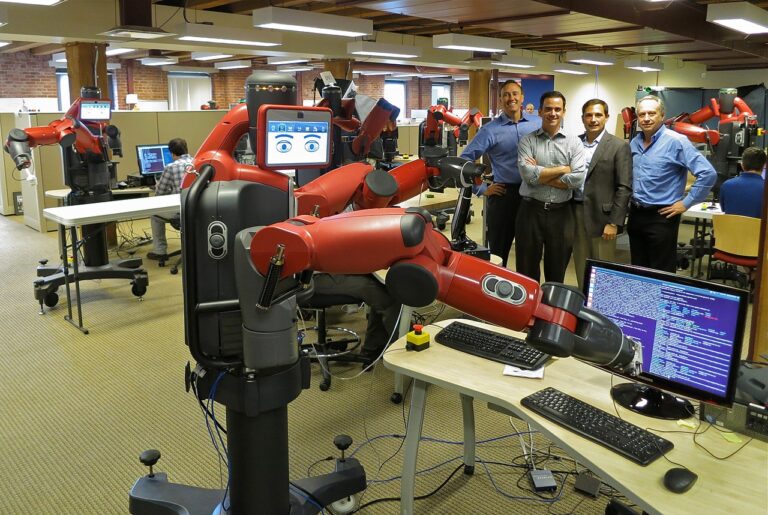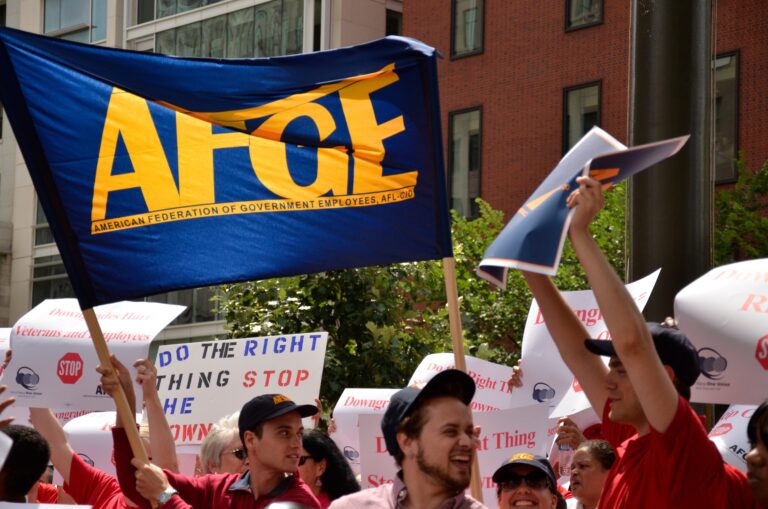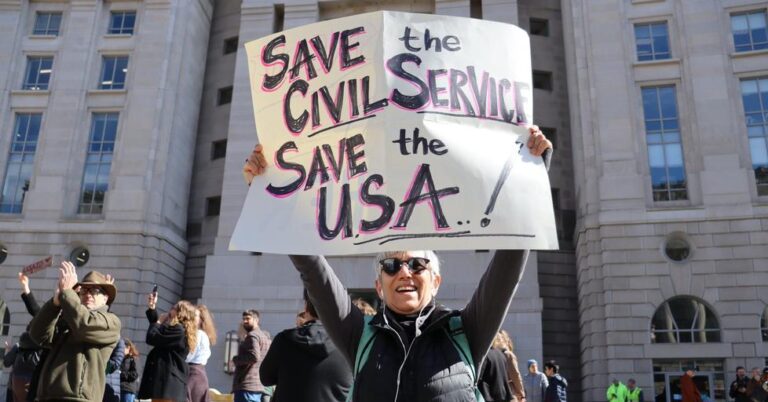Earlier this week, the Office of Management and Budget announced that it was issuing a review and stay on President Obama’s EEO-1 pay data collection rule, in accordance with the Paperwork Reduction Act. The rule would have required all employers, not just federal contractors, with 100 or more employees to report wages paid to employees by gender, race, and ethnicity. The OMB decided such data collection would be too burdensome, stating in a memo that “[a]mong other things, OMB is concerned that some aspects of the revised collection of information lack practical utility, are unnecessarily burdensome, and do not adequately address privacy and confidentiality issues.” The rule was originally devised to bring transparency to data collection and decrease the gender wage gap. Publishing data may have also shamed some organizations to take proactive steps to mend the wage gap. The New York Times opinion page discusses the decline of the number of women in the workforce generally in the last decade.
In other wage news, on Friday, the Canadian Women’s Hockey League announced it would begin paying its players a stipend, for the first time in its 11-year history. Attention to equitable pay in sports generally and hockey specifically was raised earlier this year, when the U.S. women’s national hockey team staged a successful boycott of the World Championships unless U.S.A. Hockey agreed to better wages and benefits equitable to those received by the men’s national team. The New York Times reports.A New York Times piece highlights rising inequality by focusing on the resources available to two janitorial workers at major corporations, decades apart: one as an employee of Kodak, and another as a contractor of Apple. As major corporations have become more profitable by cutting the number of employees, repercussions for the middle class grow.
In addition to the proliferation of Uber and Lyft, new apps allow consumers to crowdsource funds for buses and commutes. Though public transit often breaks down, increased use of private transport for commuting could have disastrous effects on public transport. The Washington Post reports.
The August jobs report detailed an additional 156,000 jobs in August, which fell a tad short of the 179,000 economists were expecting. The Wall Street Journal reports the numbers. Though additional jobs were slightly dulled this month, American factory activity has reached a 6 year high. Though factories lost more than two million jobs in the recession, but have clawed their way back and recovered more than one million positions since 2010. The New York Times reports.






Daily News & Commentary
Start your day with our roundup of the latest labor developments. See all
December 7
Philadelphia transit workers indicate that a strike is imminent; a federal judge temporarily blocks State Department layoffs; and Virginia lawmakers consider legislation to repeal the state’s “right to work” law.
December 5
Netflix set to acquire Warner Bros., Gen Z men are the most pro-union generation in history, and lawmakers introduce the “No Robot Bosses Act.”
December 4
Unionized journalists win arbitration concerning AI, Starbucks challenges two NLRB rulings in the Fifth Circuit, and Philadelphia transit workers resume contract negotiations.
December 3
The Trump administration seeks to appeal a federal judge’s order that protects the CBAs of employees within the federal workforce; the U.S. Department of Labor launches an initiative to investigate violations of the H-1B visa program; and a union files a petition to form a bargaining unit for employees at the Met.
December 2
Fourth Circuit rejects broad reading of NLRA’s managerial exception; OPM cancels reduced tuition program for federal employees; Starbucks will pay $39 million for violating New York City’s Fair Workweek law; Mamdani and Sanders join striking baristas outside a Brooklyn Starbucks.
December 1
California farmworkers defend state labor law, cities consider requiring companies to hire delivery drivers, Supreme Court takes FAA last-mile drivers case.